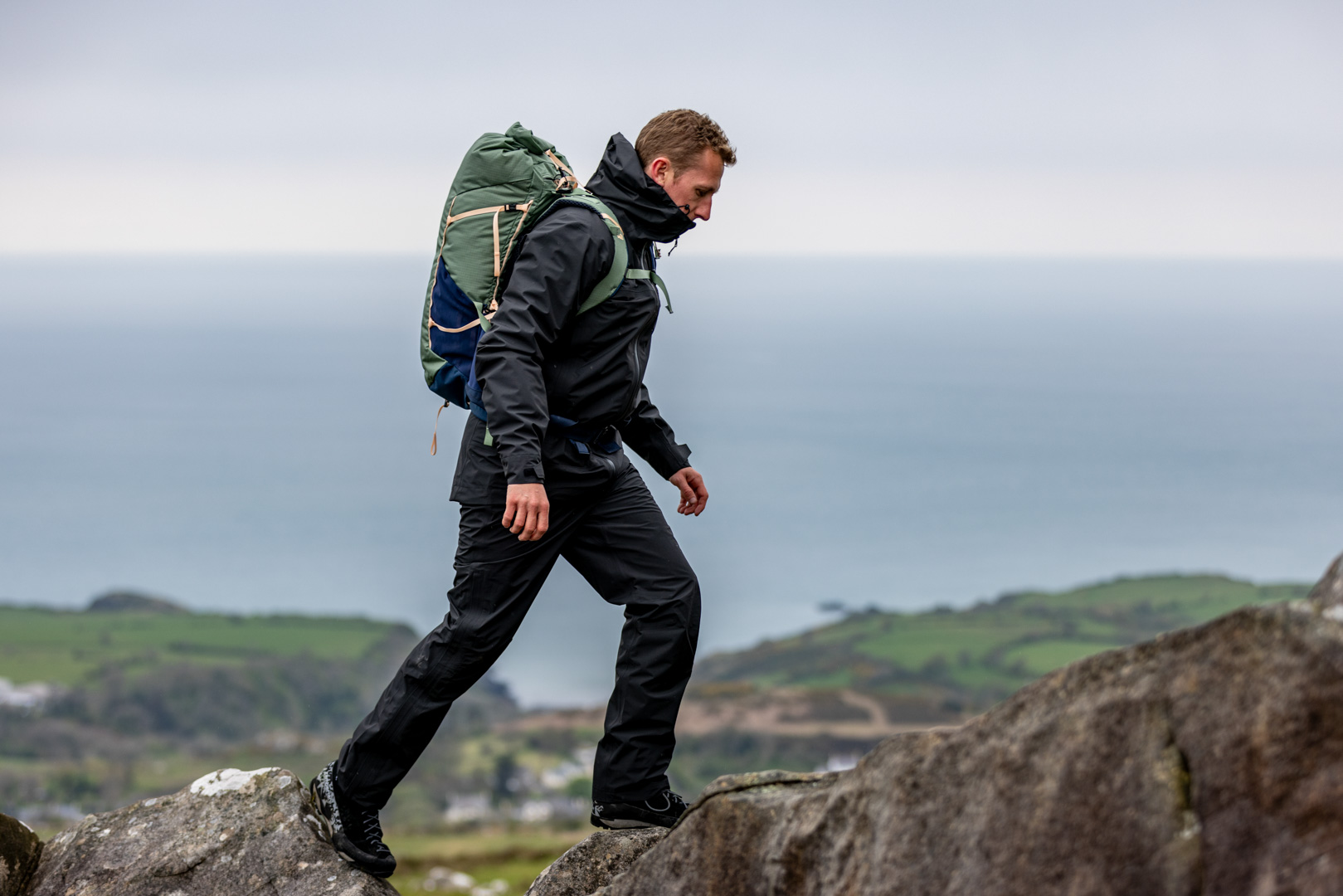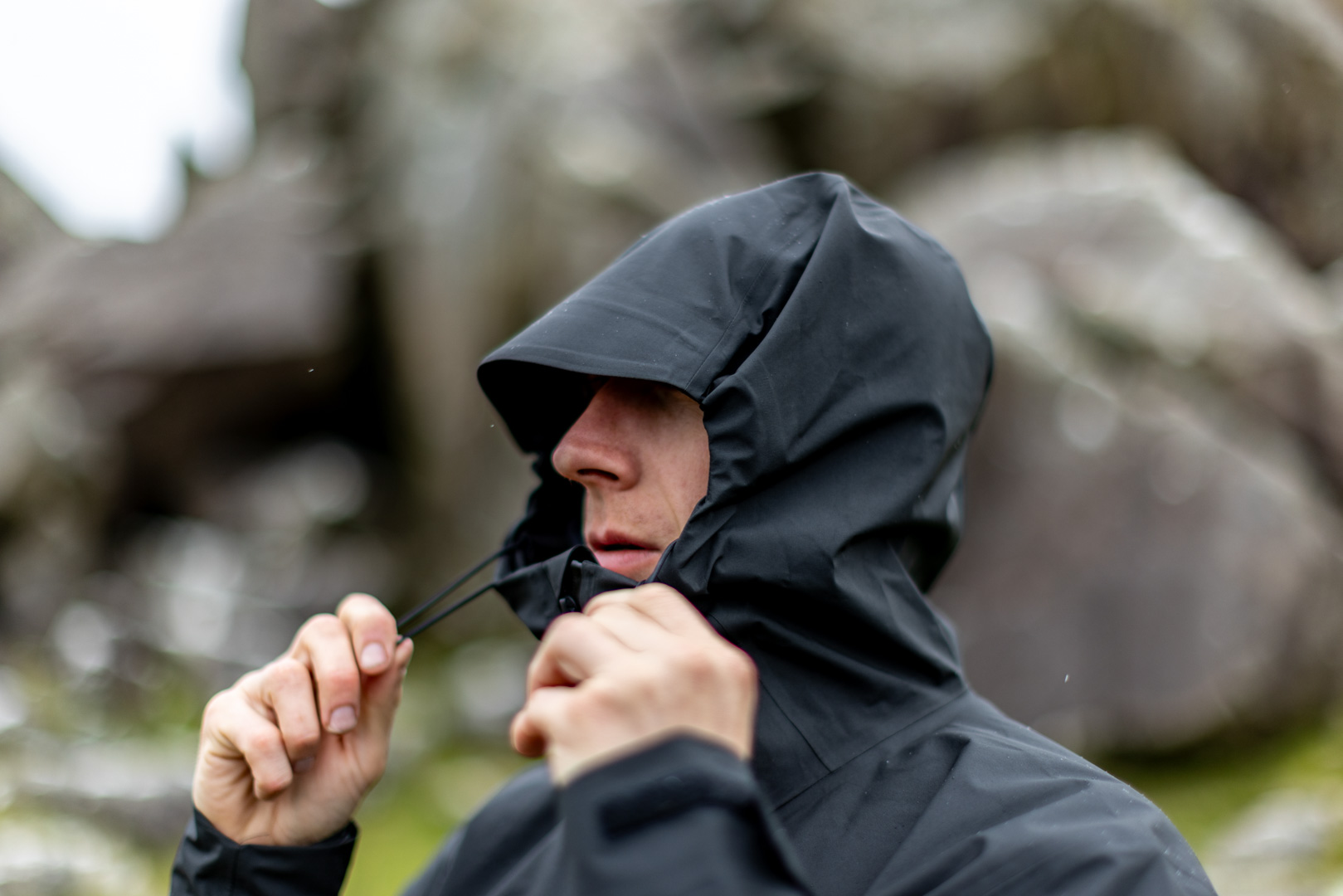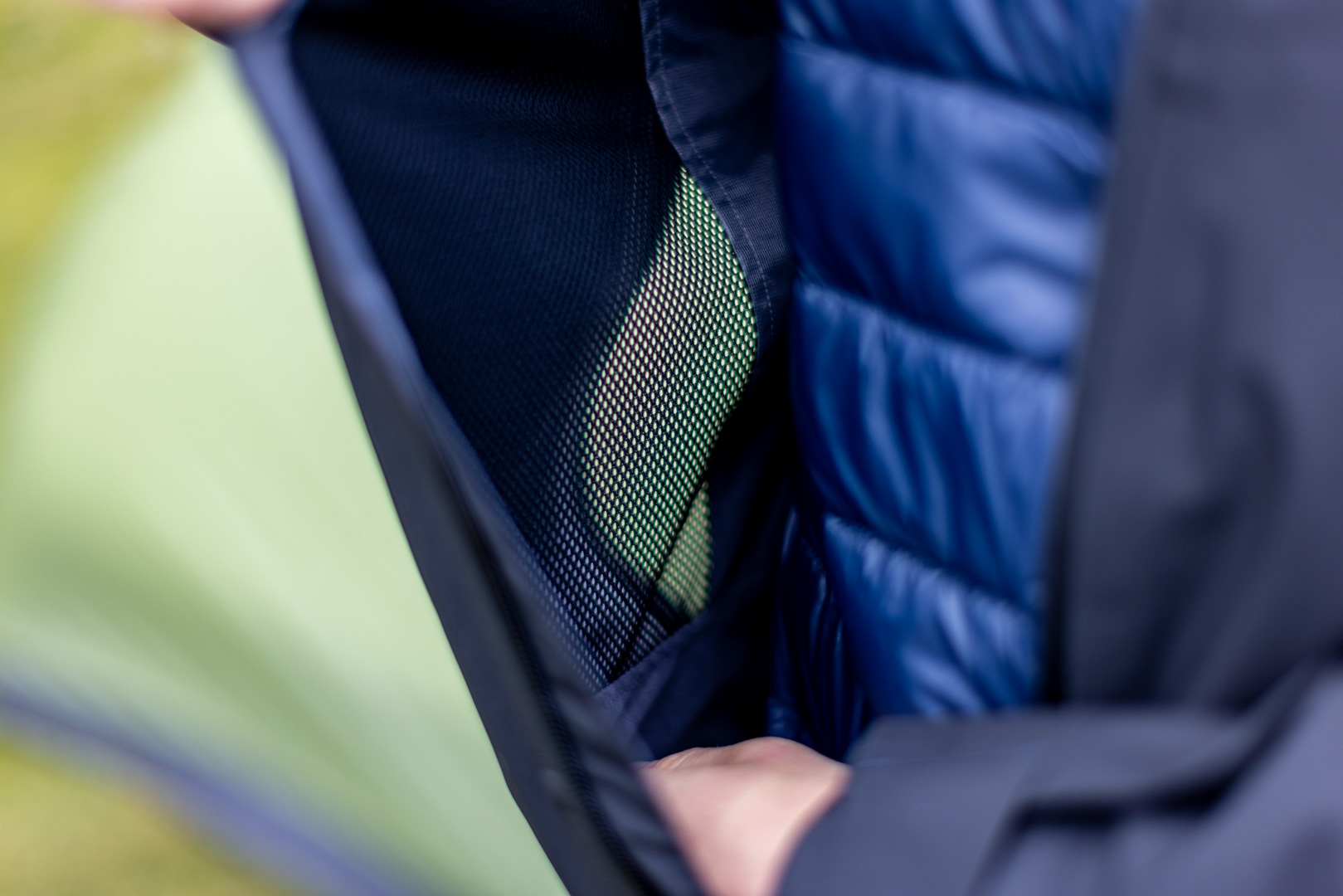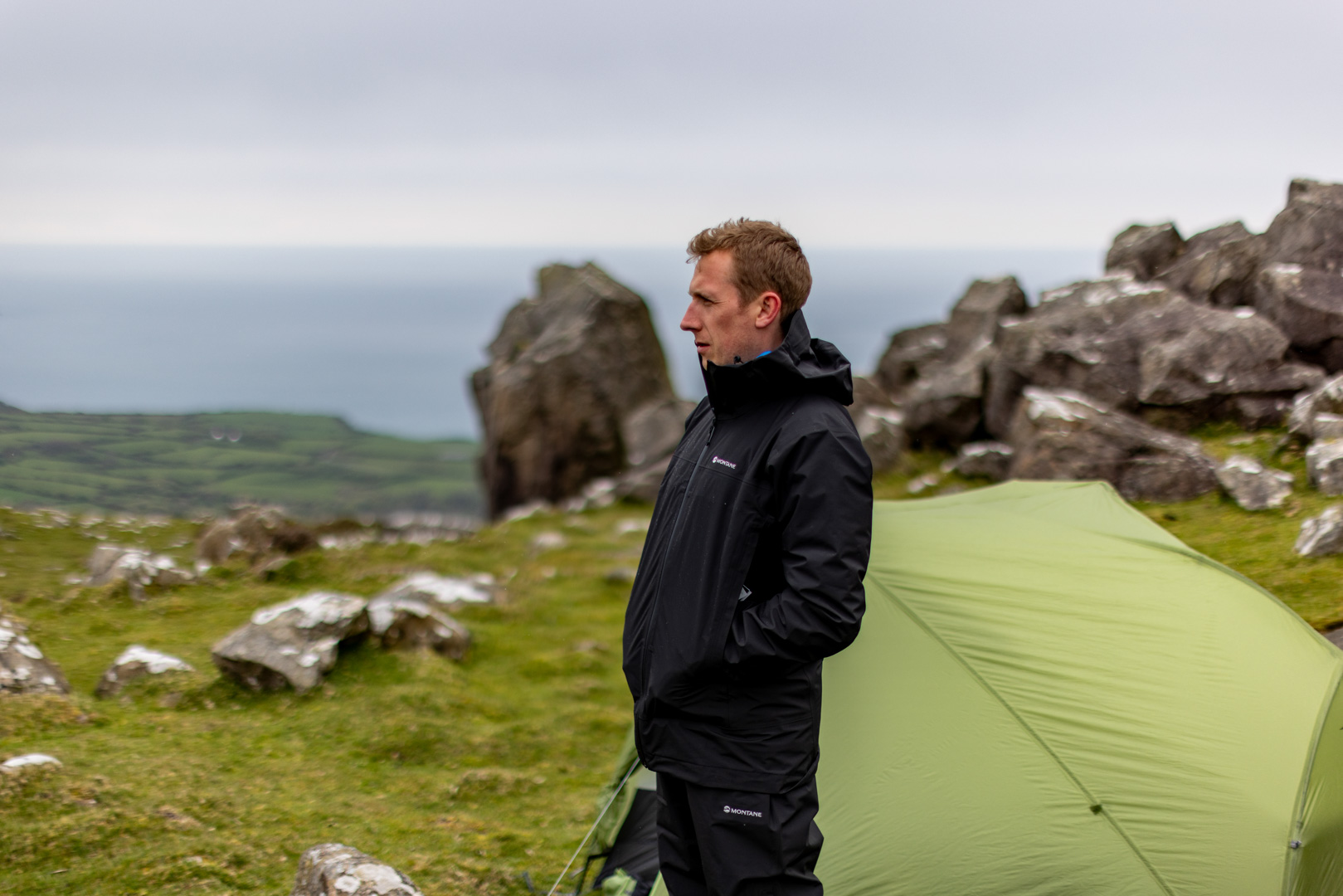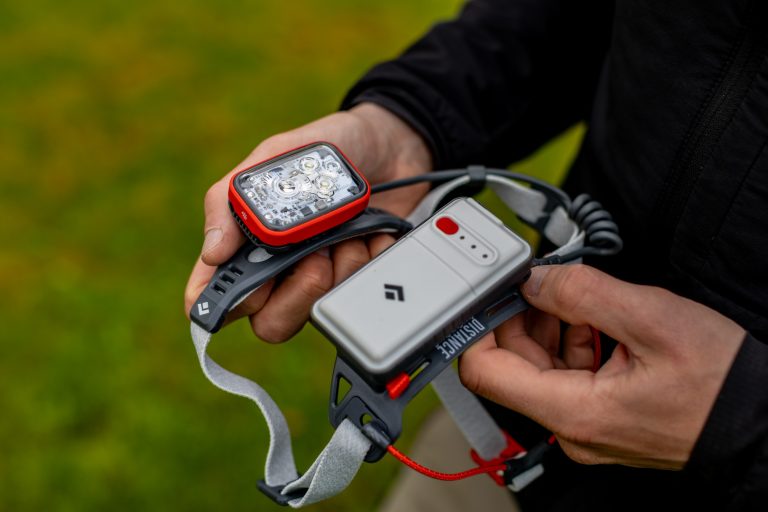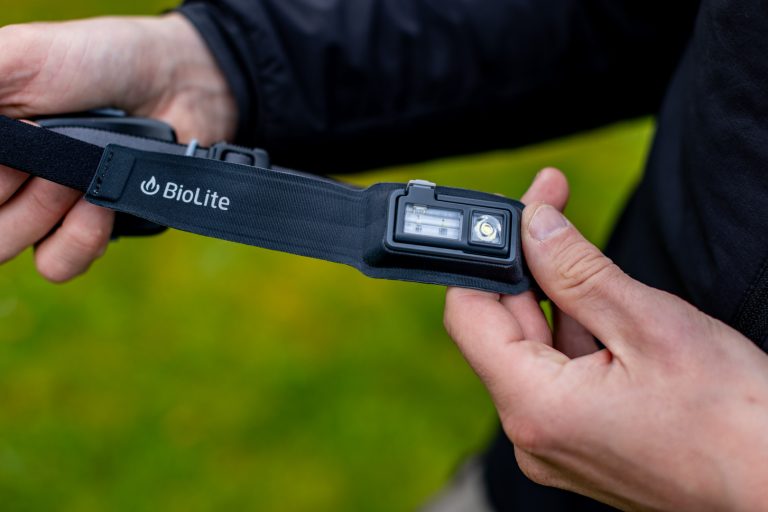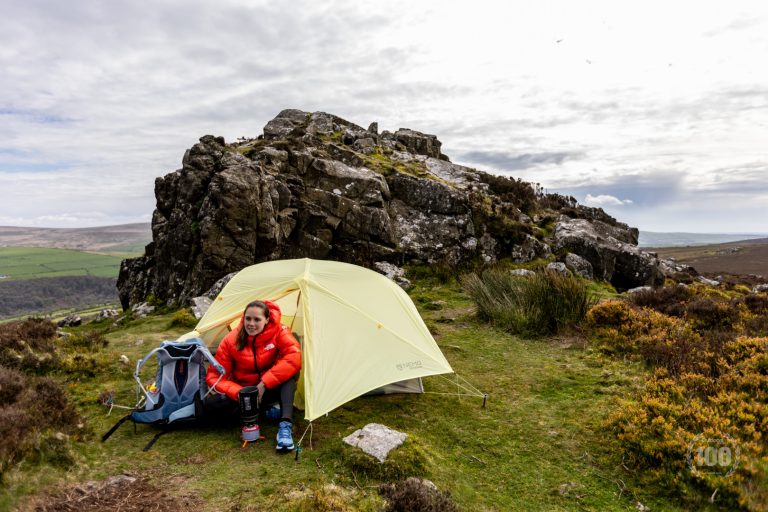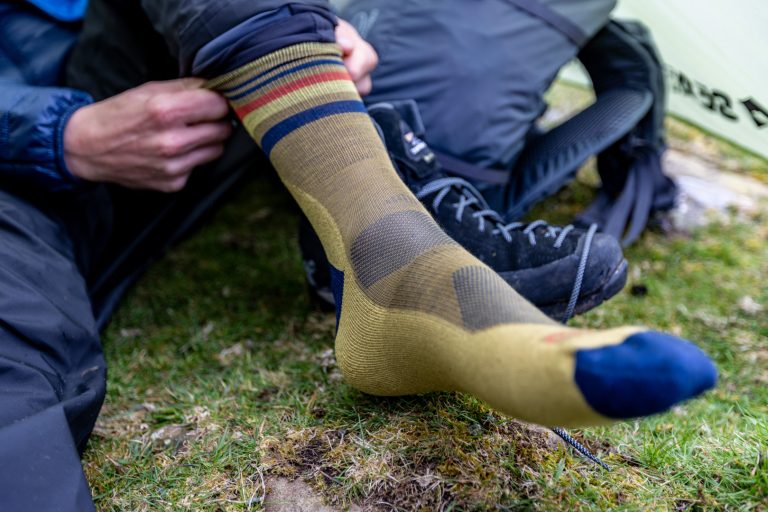Montane’s Solution Jacket showcases some impressive sustainability efforts by the British outdoor brand. Released alongside the Montane Solution waterproof trousers, both products are made from a new three-layer fabric called Pertex Shield Revolve. This is a polyester face fabric, membrane and backer that’s derived from recycled materials (100%, 75% and 100% respectively). Alongside this, a solution dyeing process is used in its creation. This means that the fibres used to form the garments are dyed before they’re woven together instead of being woven then dyed. What’s good about dyeing before is that it’s less water and energy intensive and it also results in more colourfast garments.
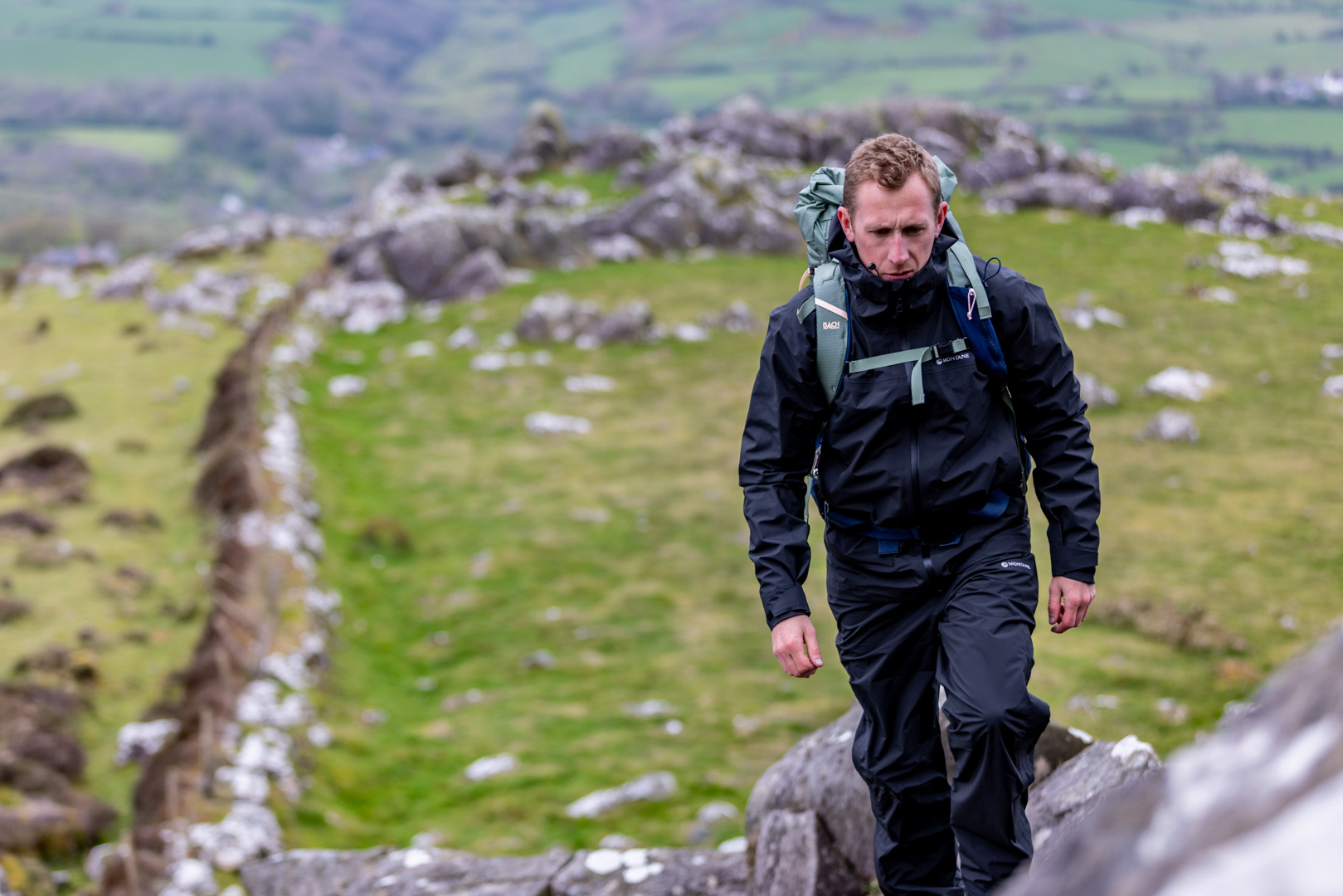
Pertex state that Shield Revolve is also designed to be easy to recycle. I noticed, however, that Montane do not mention recyclability on their website. I approached the brand on this and was told that while the jacket is technically recyclable, they’re conscious that the recycling industry currently lacks the facilities to actually recycle garments such as this at scale. To address this they said that they have “deliberately given this a timeless design to ensure durability and a long life” so that by the time it needs to be recycled the recycling industry “should have established the appropriate facilities in the UK and elsewhere for customers to be able to recycle garments such as this”.
As well as using fabrics that can be recycled, Montane has also thought about the components too. The toggles on the hood and hem, for instance, aren’t embedded within the fabrics – as you often see these days – which makes the jacket easier to disassemble when it comes to the end of its life. It also makes them easier to replace should a problem occur.
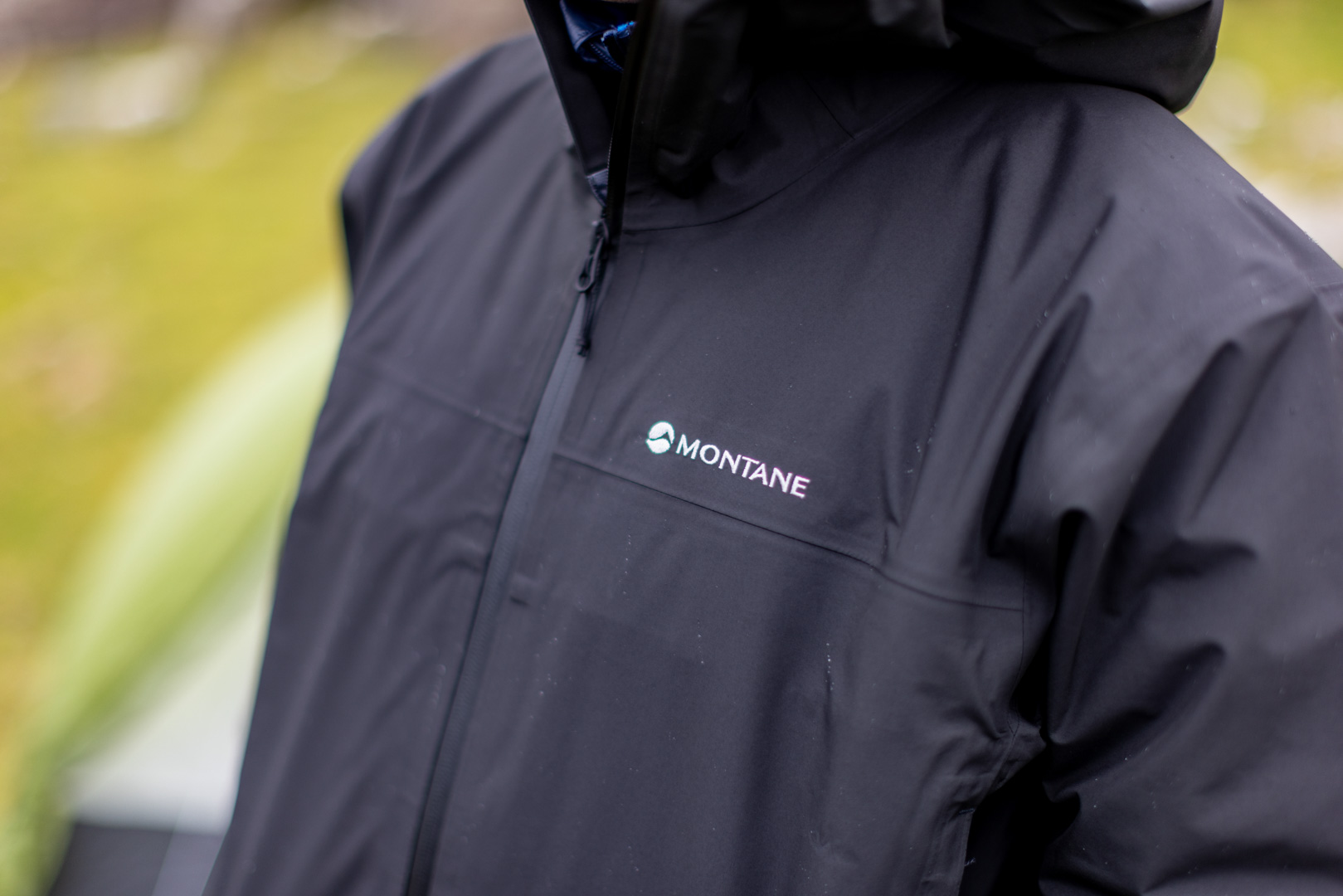
Montane Solution Jacket Performance
Anyway, onto the functionality. I’ve found this has good wet weather performance and the kind of breathability that you’d expect from a 3-layer waterproof jacket. The water repellency held up well over the course of my initial few uses but it started to wear away a little, particularly at the shoulders and cuffs where moisture-harbouring dirt and oil from my grubby hands and backpack straps have gotten onto the fabric. Fortunately there’s always Nikwax that can come to the rescue here. I have actually come to expect to have to regularly treat most waterproof jackets these days as the eco-friendly DWRs they use just don’t have the staying power of the nasty chemical-heavy ones that used to be used.

